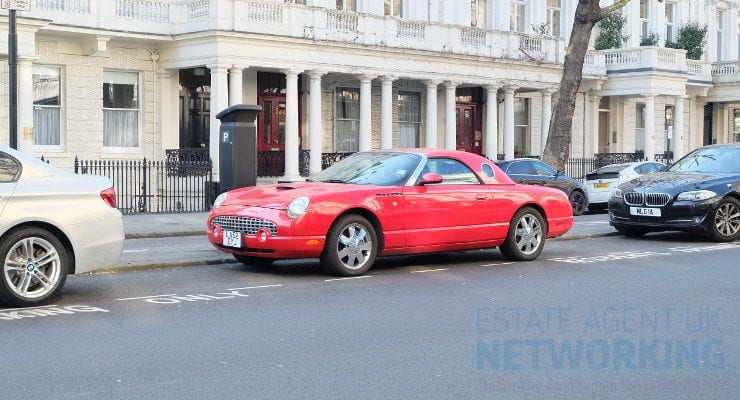Proven Amazon Listing Optimization Tips from a Selling Pro
Regarding online selling, Amazon is a big fish in a big pond. With more than 300 million active users, the odds are good that your potential customers are hanging out on Amazon. That’s why amazon listing optimization is essential to success. But where do you start? Check out these tips from a pro seller to get started!
What You Need To Know About Keywords
Amazon is a unique and powerful selling platform, and optimizing your listings is essential to success on the site. When it comes to listing optimization on amazon, keywords are key. To rank highly in search results and drive traffic to your listings, you must choose the right keywords and use them effectively. Here are a few things to keep in mind when selecting keywords for your Amazon listings:
• Relevance is crucial. Choose keywords that are closely related to your product or service.
• Broaden your horizons. In addition to using relevant keywords, consider adding related terms and phrases. This will help you reach a wider audience.
• Don’t forget about long-tail keywords. These are longer, more specific phrases that are less competitive and can be easier to rank for.
• Think like your customer. Put yourself in the shoes of someone searching for a product or service like yours. What terms would they use?
• Do your research. Use Amazon’s keyword tool to find popular keywords and get ideas for other terms you can use.
By following these tips, you can choose the right keywords and use them effectively to optimize your Amazon listings and improve your chances of success on the site.
Content for Product Listing
No matter what you’re selling on Amazon listing optimization amazon is key to success. Your product listing is the first thing potential customers will see, so making a good impression is important. There are a few things to remember when crafting your product listing. First, use keywords throughout your listing to ensure potential customers can find your product when they search. Second, focus on the benefits of your product rather than features. What will the customer get out of using your product? Finally, make sure your price is competitive. Following these tips can create a listing that will grab attention and increase sales.
Product Titles
A product title is one of the first things potential customers will see when they find your listing on Amazon. That means it’s important to choose a title that is accurate and attention-grabbing. While it may be tempting to stuff your title with keywords to improve your ranking, this can lead to lower conversion rates. Instead, focus on creating a title that accurately describes your product and uses natural-sounding language. If you’re not sure where to start, try using some of these tips:
Use descriptive words: A good product title should give potential customers a clear idea of what they can expect from your product. Avoid using generic terms like “good” or “great” – instead, focus on specific adjectives that accurately describe your product.
Keep it short and sweet: A lengthy product title can be off-putting for potential customers. Try to keep your title to no more than 40 characters – any longer, and it may be truncated on search results pages.
Use keywords sparingly: As mentioned above, stuffing your title with too many keywords can hurt your listing’s ranking. Instead, focus on using one or two relevant keywords throughout your title (e.g., “stainless steel water bottle”).
Bulleted Lists
Your potential customers are always looking for ways to make their lives easier. And one way they do this is by scanning lists instead of reading through paragraphs of text.
This is why it’s important to use bulleted lists in your amazon product listing optimization. Not only will this make your listing more scannable, but it will also help highlight your product’s most important features and benefits.
Here are a few tips for using bulleted lists in your Amazon listings:
• Use short, concise bullet points
• Highlight the most important features and benefits first
• Use different formatting (e.g., bold, italics, etc.) to emphasize key points further
• Use images or videos to supplement your bullet points
Product Description
The product description is one of the most important aspects of your Amazon listing. It is the main text that appears on your product page and is what potential customers will use to decide whether or not to purchase your product.
A good product description will:
1. Clearly describe what the product is and what it does
2. Highlight the main features and benefits of the product
3. Be well written and free of grammar and spelling errors
4. Use keyword-rich language to help potential customers find your listing
Product Photos
Some of the most important elements of an effective Amazon listing are high-quality product photos. Not only do these help your potential customers to see what your product looks like, but they also play a role in search engine optimization (SEO). You can use amazon listing optimization tool.
Make sure your product photos are clear and concise and accurately represent your product. In addition, consider using infographics or other types of visuals to help potential customers understand your product better.
Reviews
Reviews play an important role in amazon product listing optimization service. By studying customer feedback, you can understand what shoppers are looking for and improve your product listings accordingly.
In addition, reviews can help to boost your search engine rankings, as they signal to Google that your listing is popular and relevant. This, in turn, can lead to more traffic and sales.
So, if you’re not already using customer reviews to improve your Amazon listings, now is the time to start! Here are a few tips on how to get best amazon listing optimization service:
1. Use positive customer reviews in your product descriptions.
Make sure to highlight any positive customer feedback in your product descriptions. This will help to show potential buyers that your product is high-quality and worth considering.
2. Use negative customer reviews to improve your listings.
Although it may be painful to read, negative feedback can be very helpful. It can give you insights into what shoppers didn’t like about your listing and how you can improve it.
3. Respond to all reviews, both positive and negative.
It’s important to show that you’re listening to your customers by responding to all positive and negative reviews. This will show shoppers that you care about their experience and are willing to make changes based on their feedback.
4. Encourage customers to leave reviews.
Make it easy for customers to leave reviews by adding links to your product listings on your website and social media channels. You can also include a call-to-action in your shipping confirmation email.









